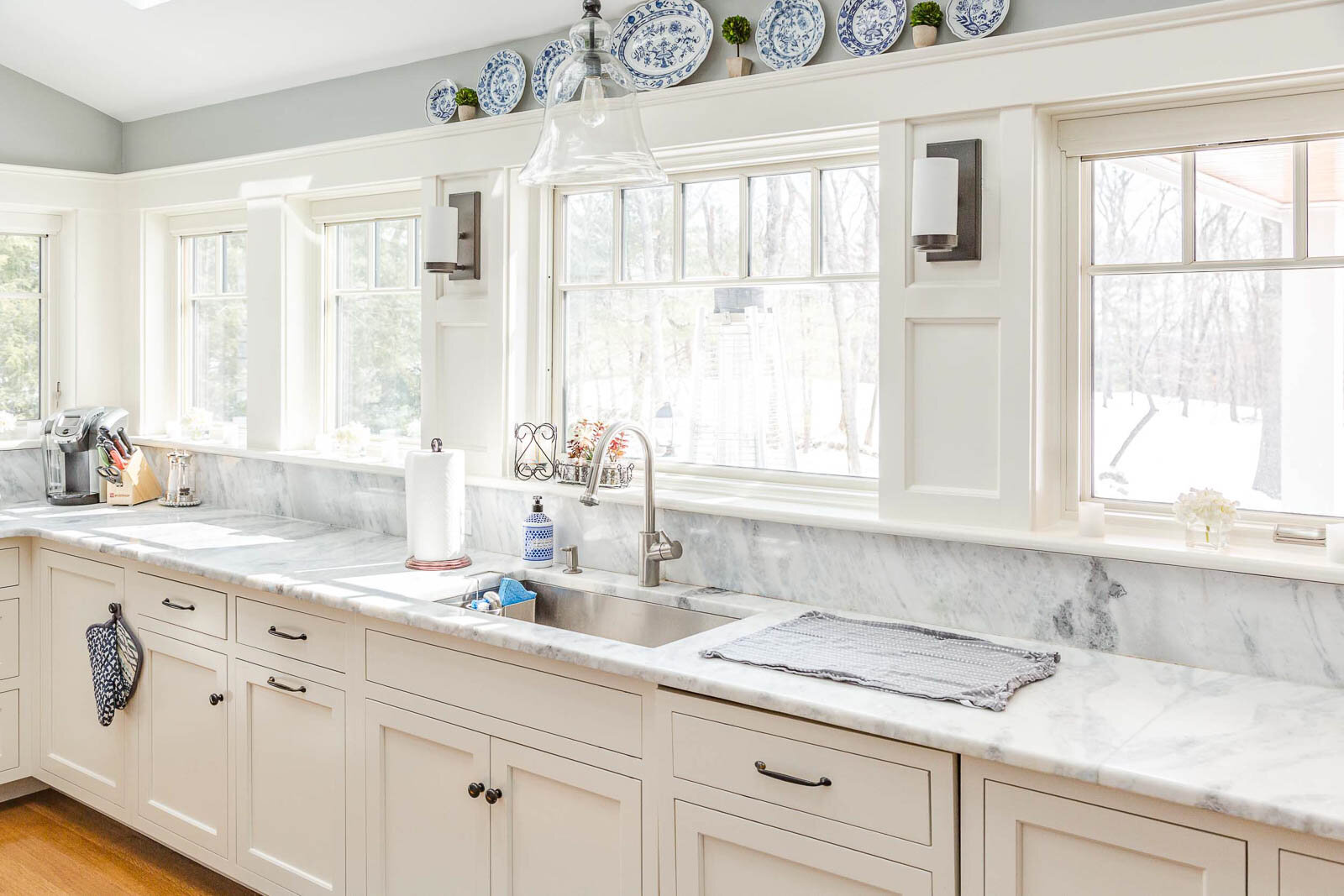Practical Considerations and the Painting Process: Should You Paint Kitchen Cabinets White

Painting kitchen cabinets white can significantly brighten and modernize your kitchen. This process, while achievable for DIY enthusiasts, requires careful planning and execution to ensure a professional-looking finish that will last. Success hinges on thorough preparation and the selection of appropriate materials.
Step-by-Step Guide to Painting Kitchen Cabinets White, Should you paint kitchen cabinets white
A methodical approach is crucial for a successful paint job. Following these steps will minimize errors and maximize the longevity of your paintwork.
- Remove Cabinet Hardware: Carefully remove all knobs, handles, and hinges. Label each piece to ensure correct reinstallation.
- Clean Cabinets Thoroughly: Use a degreasing cleaner to remove grease and grime. A mixture of warm water and dish soap is effective, followed by a thorough rinse and complete drying.
- Sand Cabinet Surfaces: Use fine-grit sandpaper (180-220 grit) to smooth any imperfections and create a surface conducive to paint adhesion. Focus on areas with raised grain or previous paint imperfections.
- Fill Imperfections: Use wood filler to repair any dents, scratches, or holes. Allow the filler to dry completely before sanding smooth.
- Prime the Cabinets: Apply a high-quality primer designed for cabinets. This ensures better paint adhesion and prevents bleed-through from the underlying wood or paint.
- Apply Paint: Use a high-quality paint designed for cabinets. Apply thin, even coats, allowing each coat to dry completely before applying the next. Two or three coats are typically necessary for optimal coverage.
- Reinstall Hardware: Once the paint is completely dry, reinstall the cabinet hardware.
Cabinet Preparation for Painting
Proper preparation is paramount for a durable and aesthetically pleasing finish. Neglecting this stage can lead to peeling, chipping, and an unprofessional appearance.
- Thorough Cleaning: Removing grease and grime is essential for optimal paint adhesion. Use a degreaser specifically designed for kitchen surfaces to ensure the removal of all contaminants.
- Careful Sanding: Sanding smooths the surface, removing imperfections and creating a better surface for the primer and paint to adhere to. Use different grits of sandpaper, starting with a coarser grit to remove imperfections and finishing with a finer grit for a smooth finish.
- Complete Drying: Allow ample drying time between each step of the process. This prevents issues with adhesion and ensures the best possible outcome.
- Primer Application: A primer seals the wood, improves paint adhesion, and blocks stains from bleeding through. Choose a primer specifically formulated for kitchen cabinets.
Paint Types for Kitchen Cabinets
Different paint types offer varying advantages and disadvantages. Choosing the right paint is crucial for a durable and long-lasting finish.
| Paint Type | Advantages | Disadvantages |
|---|---|---|
| Oil-Based Paint | Durable, hard finish; resists scratches and moisture; self-leveling for a smooth finish. | Strong odor; longer drying time; requires mineral spirits for cleanup. |
| Water-Based (Latex) Paint | Low odor; easy cleanup with soap and water; faster drying time; environmentally friendly. | Less durable than oil-based paint; may require more coats for full coverage; can be more susceptible to chipping. |
| Acrylic-Alkyd Enamel | Combines the durability of oil-based paint with the easy cleanup of water-based paint; low odor. | Can be more expensive than other options. |
Rewritten Article on Painting Kitchen Cabinets White (AI-Free Version)
Transforming your kitchen with freshly painted white cabinets is a rewarding project. The key to success lies in meticulous preparation and the careful selection of high-quality materials. Begin by removing all hardware and thoroughly cleaning the cabinets to remove grease and grime. Sanding creates a smooth surface for optimal paint adhesion. Apply a primer designed for cabinets to ensure a uniform base for the paint. Choose a paint suitable for kitchen environments—consider factors such as durability, ease of cleaning, and drying time. Apply multiple thin coats, allowing each to dry completely before applying the next. Finally, reinstall the hardware, and admire your newly refreshed kitchen.
